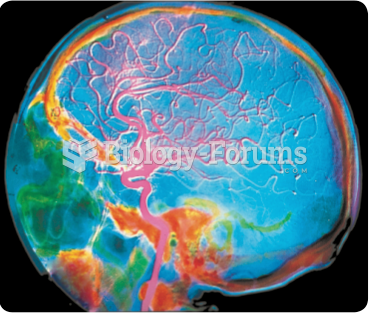Fred, a fit and healthy 44-year-old, was working outside one warm summer afternoon. When he returned home by the end of the day, his lower back felt sore and he felt nauseated. His wife made him dinner, but he was not hungry and chose to go to bed instead
Fred's symptoms progressed, and soon he was rolling on the bed with excruciating pain. He said his back hurt as well as his stomach and groin area. The pain would ease off only to return a short while later, and when it did, Fred would begin to sweat and run to the bathroom to vomit. His wife became concerned and started the car. When his symptoms abated, she helped him into the car and rushed him to the hospital.
At the hospital, an abdominal radiograph showed the presence of renal calculi in Fred's right ureter (urolithiasis). What is the mechanism of stone formation in the kidney? What is the role of citrate in the kidneys?
Why would the administration of calcium supplements be useful for a patient with calcium oxalate stones?
Hydronephrosis can be a complication of renal calculi. What is hydronephrosis? How does back pressure occur in a kidney, and what physiological mechanism is responsible for nephron damage when back pressure is present?
Question 2
Will is a 68-year-old male with a history of hypertension. Eight months ago, he started regular dialysis therapy for ESRD. Before that, his physician was closely monitoring his condition because he had polyuria and nocturia.
Soon it became difficult to manage his hypertension. He also lost his appetite, became weak, easily fatigued, and had edema around his ankles. Will debated with his physician about starting dialysis, but she insisted, before the signs and symptoms of uremia increased, the treatment was absolutely necessary.
What is the difference between azotemia and uremia?
Two years ago, Will's physician told him to decrease his protein intake. In spite of what the physician ordered, Will could not stop having chicken, beef, pork, or eggs at least once a day. Why did his physician warn him about his diet?
Will's feelings of weakness and fatigue are symptoms of anemia. Why is he anemic?
Knowing what you do about Will's history, why is left ventricular dysfunction a concern for his physician?







